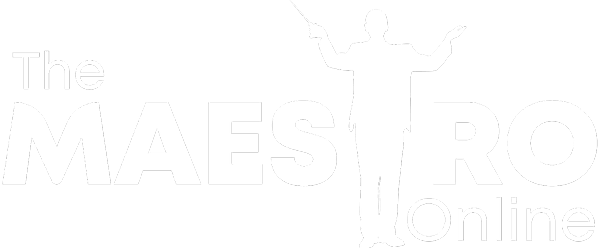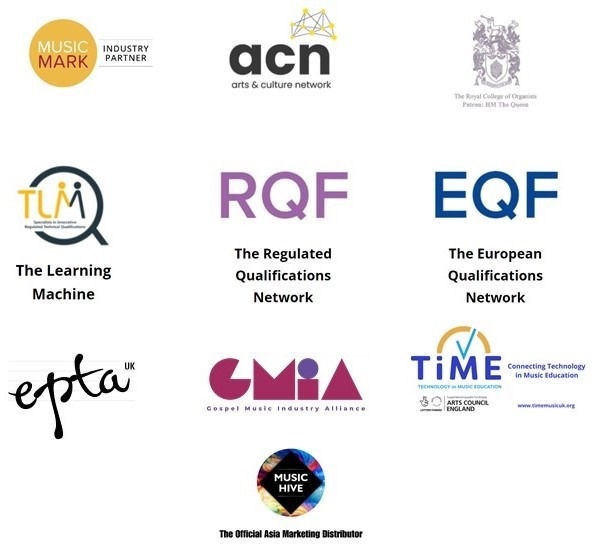The Kodaly Method
I am excited to announce that my chapter, “Understanding and Incorporating Kodály” , in The Routledge Companion to Aural Skills Pedagogy (Before, In, and Beyond Higher Education) has been published on 19th March 2021. Routledge summarises the volume as follows:
“The Routledge Companion to Aural Skills Pedagogy offers a comprehensive survey of issues, practice, and current developments in the teaching of aural skills. The volume regards aural training as a lifelong skill that is engaged with before, during, and after university or conservatoire studies in music, central to the holistic training of the contemporary musician. With an international array of contributors, the volume captures diverse perspectives on aural-skills pedagogy, and enables conversation between different regions. It addresses key new developments such as the use of technology for aural training and the use of popular music. This book will be an essential resource and reference for all university and conservatoire instructors in aural skills, as well as students preparing for teaching careers in music.”
How did the Kodaly Method Begin?
I have particularly immersed myself in several aural, musicianship and theory methods that train the whole musician, initially inspired by the renowned Hungarian teacher and composer, Kodály. As a result of this, I spoke on behalf of the British Kodály Academy at the first ever International Aural Skills Pedagogy Symposium in 2017 at the Royal Academy of Music alongside distinguished lecturers and researchers from around the world. Following this event, I was approached, alongside others, by Routledge to produce a new publication on Aural Training.
Who was Kodaly?
So what is this all about and who was Kodály? Kodály was a Hungarian composer and an inspirational teacher to many around him. Some people think that he developed the use of solfège (the do-re-mi system), but in fact this has been used for centuries and the hand signs were developed by John Curwen, a British priest, and his teacher Sarah Glover. To simply view Kodály as the person who most significantly spread the use of relative solfa and hand-signs is to miss the key points. He was one of several musicianship specialists who promoted specific techniques to develop the whole musician, irrelevant of what instrument they play or if they sing.
Kodaly Method and The Inner Ear
The aim is to train the ‘inner ear’ and the ability to hear music in your head. This will make you a better pianist, organist, vocalist/singer whether you are a pop musician, a jazz improviser, a classical musician or you aspire to be on the stage in Musical Theatre.
Kodaly Method and Rhythmic Syllables
The use of rhythmic syllables is a key element for organists and pianists because it rapidly enhances sight-reading accuracy. Rhythm is key to sight-reading because it develops the idea that you can perform in an ensemble or band and keep up with others even if you play the occasional wrong note. These rhythmic games and elements can be used with kindergarten aged children, Nursery and Reception classes right the way throughout adulthood.
Kodaly Method and Relative Solfège
The use of relative solfège helps us all sing in tune and relate the pitches to the tonic. It also enhances the ability of singers, pianists and organists when it comes to improvisation. They begin to ‘hear’ pitches in their heads and know exactly which notes to play or sing next. Various exercises also help singers to find harmony vocals and to be able to maintain harmony pitches against other singers without being put off. Vocal improvisation becomes more secure as singers instinctively ‘know’ which notes will sound right. Solfège also works very effectively for pop piano courses and jazz piano because players begin to ‘hear’ how the chords relate to the tonic and recognise chord progressions more rapidly. Relative solfège is very useful to organists who transpose and jazz pianists who have to play songs in different keys. It allows you to think ‘in the key’ rather than think of absolute notes (ABCDEFG). With the youngest learners, many games are used. From Nursery and Reception, in Kindergarten schools, from the age of 4 upwards, there are many games that Kodály practitioners use that are ‘really fun’ so that children begin to develop some core skills internally and subconsciously. When these musical theory features are revealed later on, they become ‘obvious’ to them and suddenly singing, piano, organ and other instrumental playing literally blossom.
Kodaly Method approach – From Sound to Notation
The next step is to move from sound to notation. This concept is akin to natural human development. Babies initially hear sounds, then they copy them, improvise with them, read and finally write. The ideal stages of musical development match this. Solfège allows you to ‘feel’ how far apart notes are (intervals) and the relationship between them. This means that you can sing or play something on the piano/organ, convert it to the do-re-mi system and then convert to the traditional stave system using treble, bass, alto, tenor or soprano clefs.
Kodaly Method and Hearing Parts Simultaneously
For advanced development, specific activities allow musicians to actively hear two or more things at once. In traditional music this is called counterpoint, a particular element of fugue and 16th Century music. In pop and jazz piano this allows you to hear the bass line and the melody simultaneously. Instant canons are a perfect example of this. Score-reading, a particular technique required by organists accompanying choirs, also benefits from this skill. Conductors always need to hear all parts/voices/instruments in their minds accurately.
Further Aural Lessons, Theory Lessons and Musicianship Lessons
If you would like to further develop your musicianship, aural or theory skills through practical activities and games, then please do get in touch with www.the-maestro-online.com, themaestroonline@gmail.com
The Kodaly Method Lessons Online and Subscription Kodaly Method Musicianship Courses Online
These Kodaly courses are high quality and, unlike most Kodaly Method Lessons, are based on mature, popular material.
The Kodaly courses are far cheaper than Kodaly Academy courses (although residential courses are a wonderful experience).
There is a human behind these courses – you can contact me for help/advice.
You can request Kodaly Courses towards specific needs/interests.
They are also connected with vocal, piano and organ improvisation.
Kodaly courses go from beginner to undergraduate/music diploma.
Your membership gives you access to ALL Kodaly Lessons, and other lessons, in the library. It is a library membership.
Why not explore what’s available in the subscription library?
Choose your plan
All Courses
-
All Piano Courses
-
All Organ Courses
-
All Singing Courses
-
All Guitar Courses
All Courses + Masterclass
-
All Piano Courses
-
All Organ Courses
-
All Singing Courses
-
All Guitar Courses
-
All Masterclasses


